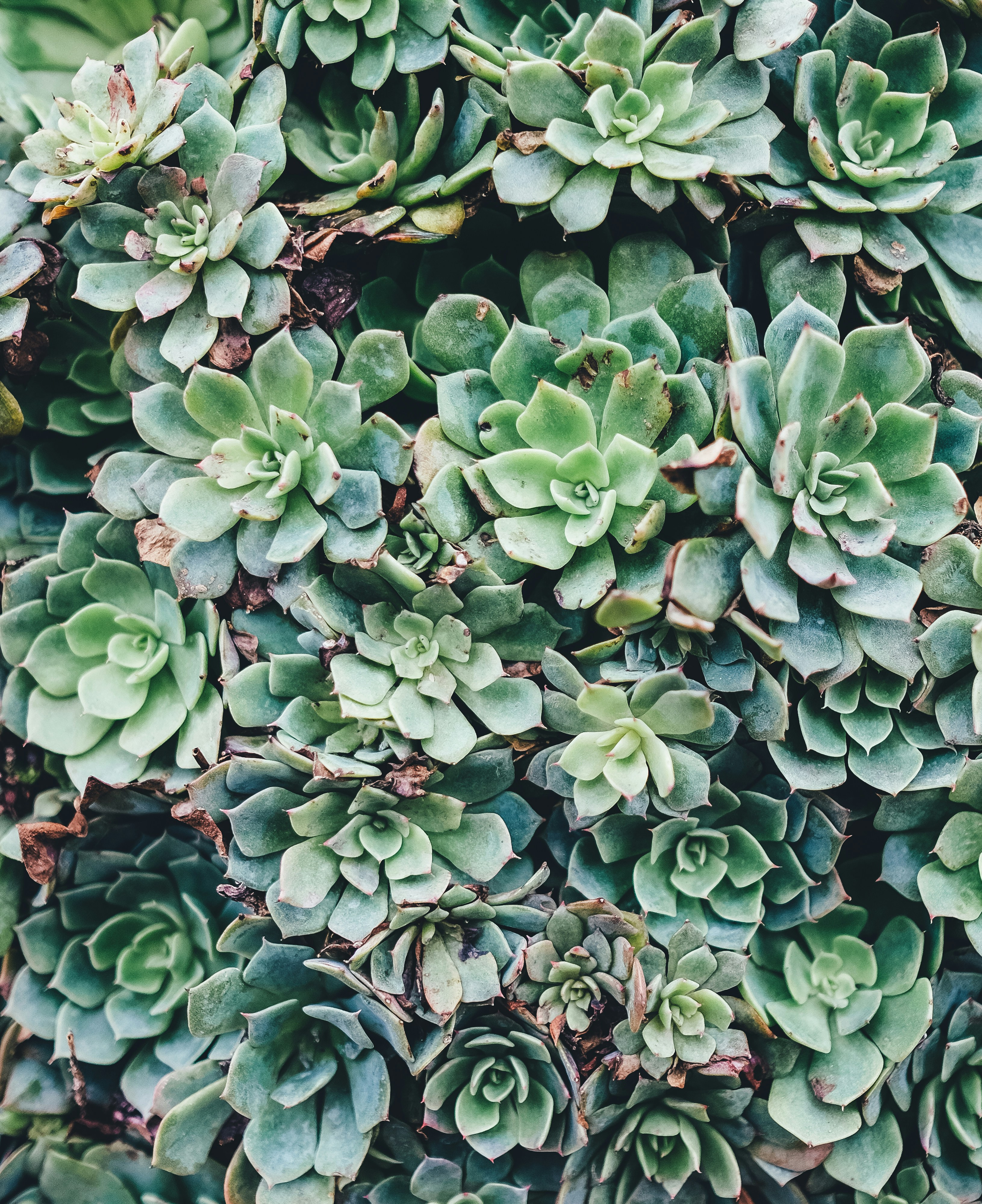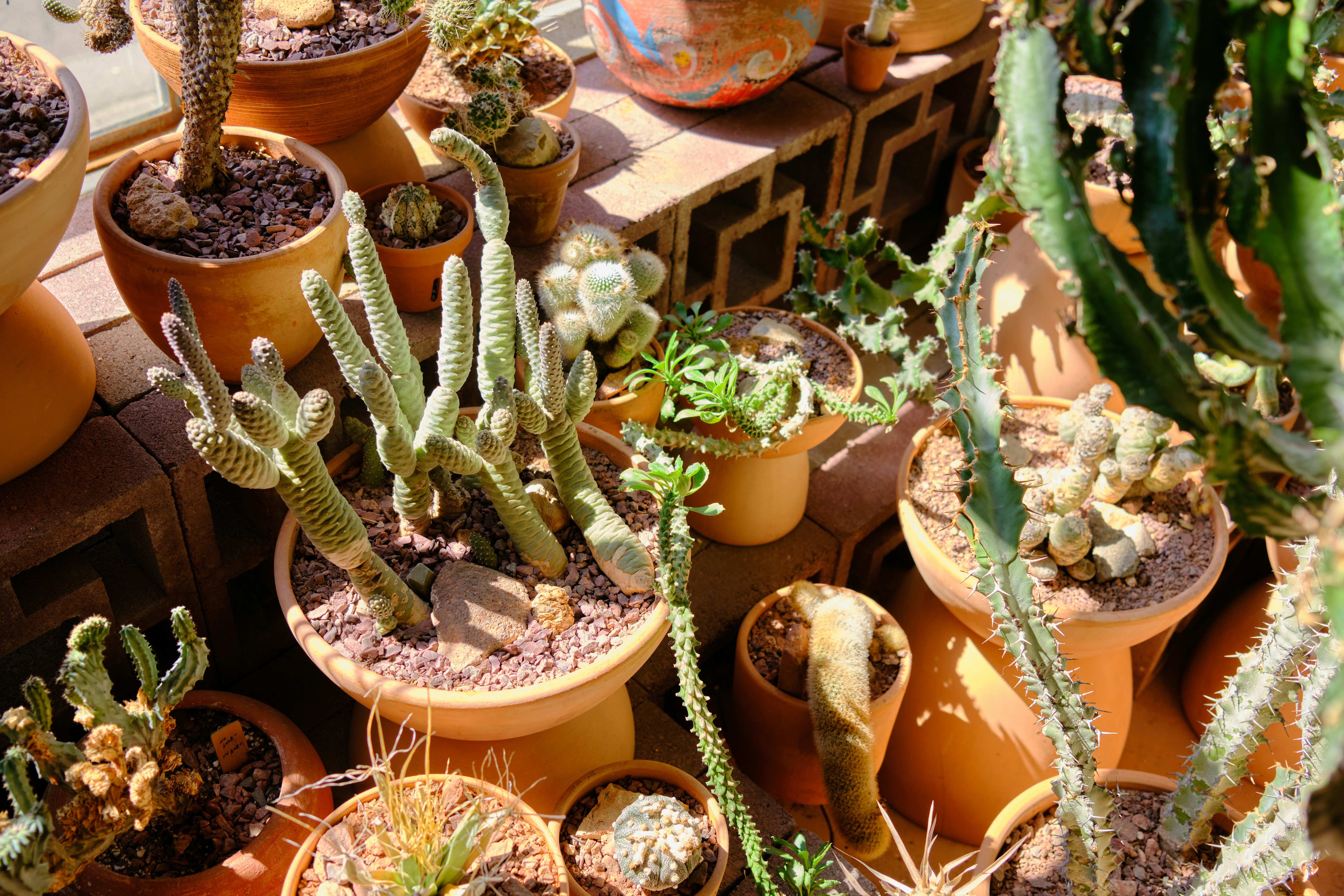Imagine you’re wandering through the lush wilderness, surrounded by a stunning array of vibrant foliage and breathtaking landscapes. As you stumble upon an unfamiliar plant, your curiosity piques, and the thought of tasting its enticing leaves crosses your mind. But before you delve into a world of culinary exploration, it’s essential to consider the potential dangers lurking in the unknown. With poisonous plants disguising themselves as harmless beauties, it’s crucial to understand the risks associated with consuming unfamiliar flora in the wild. After all, it’s better to savor nature’s wonders with caution and leave the gastronomic experiments to a safer setting.
The Risk of Poisoning
Variety of poisonous plants present in the wild
When venturing into the wild, it is important to be aware of the wide variety of poisonous plants that can be encountered. From seemingly harmless berries to innocuous-looking leaves, there are numerous plant species that contain toxic compounds capable of causing harm to the human body. Some well-known examples include poison ivy, which causes severe skin irritations, and the deadly nightshade, which can be fatal if ingested.
Effects of ingesting poisonous plants
Ingesting poisonous plants can have serious consequences on human health. The effects can vary depending on the specific plant and the toxins present. Some toxic compounds can cause gastrointestinal problems such as nausea, vomiting, and diarrhea. Others may target the central nervous system, leading to dizziness, confusion, or even seizures. In severe cases, ingestion of poisonous plants can result in organ failure or even death.
Common symptoms of plant poisoning
Recognizing the symptoms of plant poisoning is essential for prompt identification and treatment. Common symptoms include nausea, abdominal pain, diarrhea, vomiting, dizziness, difficulty breathing, and changes in heart rate. Additionally, skin rashes or irritation may occur in cases of contact with toxic plants. It is crucial to seek immediate medical attention if any of these symptoms are experienced after ingesting an unknown plant.
Examples of commonly encountered poisonous plants in the wild
In the wild, there are several plants that should be approached with caution due to their poisonous nature. Some examples include hemlock, a highly toxic plant that resembles edible wild carrots but can be fatal if consumed. Another is the foxglove, known for its beautiful flowers, which contain potent cardiac glycosides that can lead to heart arrhythmias. Other common poisonous plants include the castor bean plant, the jimsonweed, and the yew tree. Familiarizing oneself with these plants can help prevent accidental ingestion.
Allergic Reactions
Potential for severe allergic reactions to unknown plants
One of the risks of eating unknown plants in the wild is the potential for severe allergic reactions. Just like with food allergies, individuals can develop allergic reactions to specific plants. These allergies can manifest through symptoms such as rashes, itching, swelling, or even anaphylaxis, a severe and potentially life-threatening allergic reaction.
The importance of knowing one’s allergies
Knowing one’s allergies is crucial when foraging for wild plants. If you are aware of any plant allergies, it is essential to avoid coming into contact with those plants to prevent an allergic reaction. However, it is important to note that some individuals may be unaware of their allergies until they experience a reaction. It is advised to proceed with caution when sampling unknown plants, especially if you have a history of plant allergies.
Allergic reaction symptoms
Allergic reactions to plants can produce a range of symptoms. Mild reactions may include itching, redness, or a rash at the contact site. More severe reactions can involve swelling of the face, lips, or throat, difficulty breathing, or a rapid heartbeat. In extreme cases, anaphylaxis may present with symptoms such as a sudden drop in blood pressure, hives, and even loss of consciousness. If you suspect an allergic reaction, seek immediate medical attention.
How to treat allergic reactions in the wild
If faced with an allergic reaction to a plant while in the wild, it is important to take immediate action. Firstly, try to avoid further contact with the plant to prevent the reaction from worsening. If available, take an antihistamine medication, such as diphenhydramine, to help alleviate symptoms. In severe cases, the administration of epinephrine through an auto-injector may be necessary. It is vital to carry any necessary medications or emergency devices if you have known allergies when exploring the wilderness.
Mistaking Plants for Edibles
How visually similar plants can lead to mistakes
The visual similarity between plants commonly mistaken for edibles and their poisonous counterparts is a significant risk when foraging. Some plants may have similar coloration, leaf shapes, or even growth habits that make them visually confusing. This can lead to accidental consumption of poisonous plants, putting one’s health at risk.
Potentially dangerous consequences of mistaking poisonous plants for edible ones
The consequences of mistaking poisonous plants for edible ones can be severe. Ingesting toxic plants can result in a range of health issues, as discussed earlier, including gastrointestinal problems, organ failure, and even death. It is crucial to exercise caution and ensure accurate plant identification before consuming any wild plant.
Famous cases of mistaken plant identity
Throughout history, there have been numerous cases of individuals mistakenly identifying plants and suffering the consequences. A famous example is the death of Christopher McCandless, whose story was popularized in the book “Into the Wild” by Jon Krakauer. McCandless mistakenly consumed the seeds of the wild potato, which he misidentified as the edible Eskimo potato, ultimately leading to his demise. This tragic case emphasizes the importance of proper plant identification to avoid such dire circumstances.
Interaction with Medications
Possible negative effects of plant properties interacting with medications
When consuming wild plants, there is a potential for the plant’s properties to interact with medications an individual may be taking. Some plant compounds can interfere with the absorption, distribution, or metabolism of medications. This can lead to unpredictable drug levels in the body and may render the medication less effective or cause unintended side effects.
Common plant compounds that could interfere with medications
Certain plant compounds are known to have interactions with medications. For instance, St. John’s wort, a commonly encountered wild plant, contains hypericin, which can accelerate the breakdown of various medications in the liver. Grapefruit juice, while not a plant itself, can interact with a wide range of medications, affecting their absorption and metabolism. It is essential to research and be aware of potential interactions between plant compounds and any medications you may be taking.
Role of consultation with healthcare professionals
To ensure safety when consuming wild plants, it is crucial to consult with healthcare professionals. This is particularly important for individuals with pre-existing medical conditions or those taking medications. Healthcare professionals, such as doctors or pharmacists, can provide valuable guidance on potential interactions between plants and medications, minimizing the risk of adverse effects.
Fungal and Bacterial Contamination
Risks associated with eating plants contaminated with harmful microorganisms
Eating wild plants comes with the risk of fungal and bacterial contamination. In the wild, plants may come into contact with soil, water, or other sources of microorganisms that can contaminate their surfaces. When consumed, these contaminated plants can introduce harmful microorganisms into the body, leading to various diseases and illnesses.
Common diseases caused by fungi and bacteria in the wild
Several diseases can be caused by fungi and bacteria present in the wild. Examples include gastrointestinal infections, such as salmonellosis or campylobacteriosis, which can result from consuming contaminated plants. Fungal infections, such as aspergillosis or histoplasmosis, can also arise from ingesting fungi-infested plants. It is crucial to exercise caution and ensure proper cleaning and preparation techniques to minimize the risk of such infections.
Parasitic Infections
Transmission of harmful parasites through consumption of wild plants
Consumption of wild plants can increase the risk of parasitic infections. Parasites can inhabit plants, especially those growing close to the ground, which humans may inadvertently ingest. These parasites can then cause a range of health problems when they enter the body.
Possible health outcomes of parasitic infections
Parasitic infections can lead to a variety of health issues. From gastrointestinal problems such as diarrhea and abdominal pain to systemic infections affecting various organs, parasites can cause significant harm. Some parasites can even migrate to the brain or other vital organs, resulting in severe complications. To avoid such health outcomes, it is important to be cautious when consuming wild plants and ensure proper cleaning and cooking techniques.
How to identify and avoid parasitic plants
Identifying and avoiding parasitic plants is an essential skill when foraging. Parasitic plants often have unique characteristics, such as abnormal growth patterns or a lack of chlorophyll. They may look different from surrounding vegetation or exhibit structural adaptations to attach themselves to host plants. Educate yourself on the characteristics of commonly encountered parasitic plants in your region to minimize the risk of consuming them unknowingly.
Long-Term Health Implications
Potential impact on digestion
Eating unknown plants in the wild can have long-term implications on digestion. Some plants may contain indigestible fibers or compounds that disrupt the balance of gut bacteria, leading to issues such as bloating, gas, or even chronic digestive problems. It is important to be mindful of the potential effects of wild plant consumption on long-term digestive health.
Sustained toxic effects on liver, kidney, and other organs
Certain plants may contain toxins that, even in small amounts, can have cumulative effects on organs such as the liver and kidneys. Continuous ingestion of these plants can lead to chronic damage and impair the proper functioning of these vital organs. Being aware of the potential long-term toxic effects of wild plants is crucial for maintaining overall health.
Psychological impacts for survival situations
In survival situations, the consumption of unknown plants can also have psychological impacts. The fear of consuming a toxic plant may lead to anxiety or stress, affecting decision-making abilities and potentially exacerbating the challenges of the situation. It is essential to balance the need for sustenance with the caution required when identifying edible wild plants.
Impact on Local Ecosystems
Unintended consequences for local plants and wildlife
Foraging wild plants without care and consideration can have unintended consequences for local ecosystems. Some plants may be essential food sources for wildlife or play a critical role in pollination and seed dispersal. Overharvesting or damaging these plants can disrupt the delicate balance of the ecosystem, impacting biodiversity and the survival of other species.
Potential for spreading diseases or parasites within ecosystems
Improperly handling or transporting wild plants can introduce diseases or parasites to new areas, which can harm local ecosystems. Many plant diseases or parasites can spread rapidly, devastating populations and causing ecological imbalances. Proper gathering practices, such as sterilizing equipment, should be followed to prevent the unintentional spread of harmful pathogens or parasites.
Need for conservation and ethical gathering practices
To preserve the natural world and its biodiversity, it is crucial to practice conservation and ethical gathering of wild plants. This includes avoiding overharvesting, respecting plant populations, and foraging sustainably to minimize the impact on local ecosystems. By adopting responsible practices, we can help ensure the long-term health and productivity of these environments for future generations.
Ensuring Plant Identification
Importance of using reliable identification guides
Accurate plant identification is essential for safe foraging. Using reliable identification guides can provide valuable information on the appearance, habitat, and potential risks associated with various plants. Quality field guides authored by reputable experts or organizations should be relied upon to ensure accurate plant identification.
Benefits and limitations of using mobile apps for plant identification
Mobile apps can be a useful tool for plant identification, offering accessibility and convenience. These apps often allow users to take photos of plants and receive instant species identification. However, it is important to note that mobile apps may have limitations, including inaccuracies or a limited database of plant species. When using such apps, cross-referencing with other sources and consulting experts is advisable for reliable identification.
Role of local knowledge in plant identification
Local knowledge plays a vital role in plant identification, as it takes into account specific regional flora and their characteristics. Indigenous communities or local plant enthusiasts can provide valuable insights into edible and medicinal plants in a particular area. Their expertise can enhance plant identification skills and ensure a safer foraging experience.
Safe Practices for Wild Edibles
Tips for safely gathering and preparing wild plants
When gathering and preparing wild plants for consumption, it is important to follow safe practices. Some key tips include:
- Learn from experts: Seek guidance from experienced foragers or attend workshops to learn about safe gathering techniques and edible plant identification.
- Accurate plant identification: Be certain about the identification of a plant before consuming it. Cross-referencing multiple sources can provide confirmation.
- Harvest sustainably: Only gather what is needed, avoiding excessive harvesting that can harm plant populations or disrupt ecosystems.
- Respect habitats: Ensure minimal impact on plant habitats by being mindful of the environment and leaving no trace.
- Clean and prepare properly: Thoroughly wash wild plants before consumption to remove dirt, bacteria, and potential parasites. Cook them properly to eliminate harmful microorganisms.
First aid steps for plant poisoning or allergies
In the event of plant poisoning or allergic reactions to wild plants, it is crucial to take appropriate first aid steps. These include:
- Contact emergency services: If symptoms are severe or rapidly worsening, call emergency services immediately.
- Remove plant residue: If the plant was ingested, rinse the mouth and remove any remaining residue to minimize further exposure.
- Seek medical attention: Even if symptoms are mild, it is advisable to consult a healthcare professional for evaluation and guidance.
- Preserve plant samples: If possible, retain a sample of the plant that caused the reaction. This can aid medical professionals in determining the specific plant and providing appropriate treatment.
Role of professional foraging guides
When venturing into the wild, it can be beneficial to enlist the services of professional foraging guides. These experts possess in-depth knowledge of local flora, proper identification techniques, and safe gathering practices. Engaging their services not only enhances the safety of wild plant consumption but also promotes a richer learning experience in the natural world.
Importance of eating wild foods in moderation
While wild foods can provide unique flavors and nutritional benefits, it is important to consume them in moderation. Eating a diverse diet that includes both wild and cultivated foods ensures a balanced intake of nutrients and reduces the risk of overexposure to any potential toxins or allergens. By practicing moderation, one can enjoy the benefits of wild foods while minimizing associated risks.



